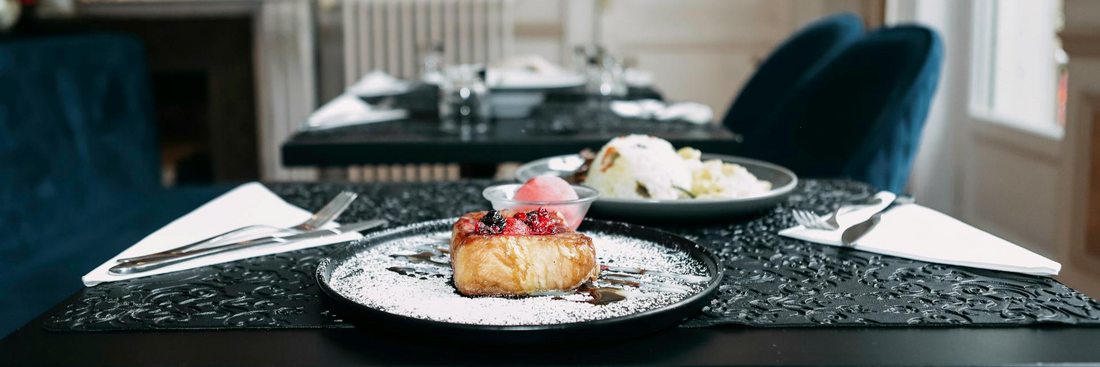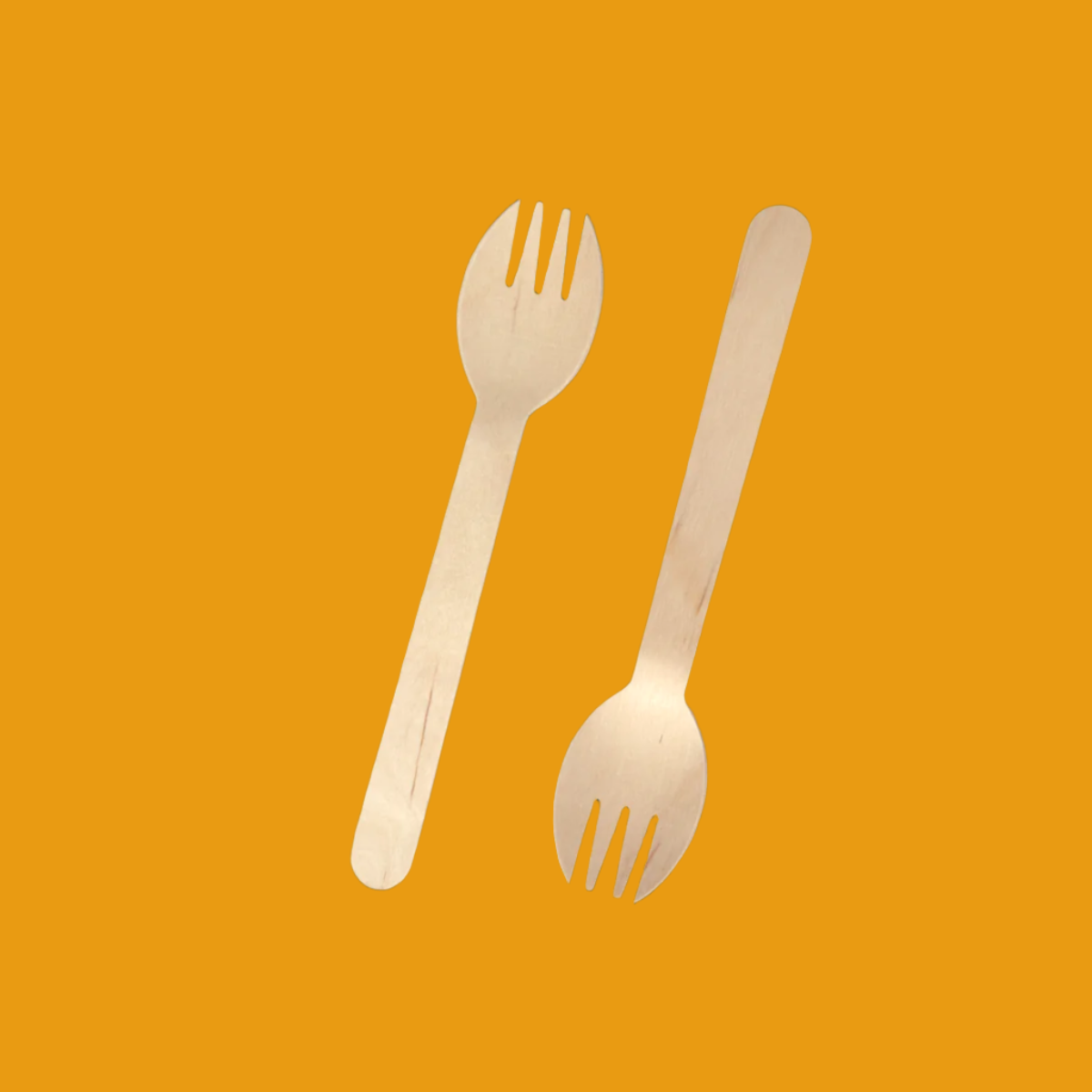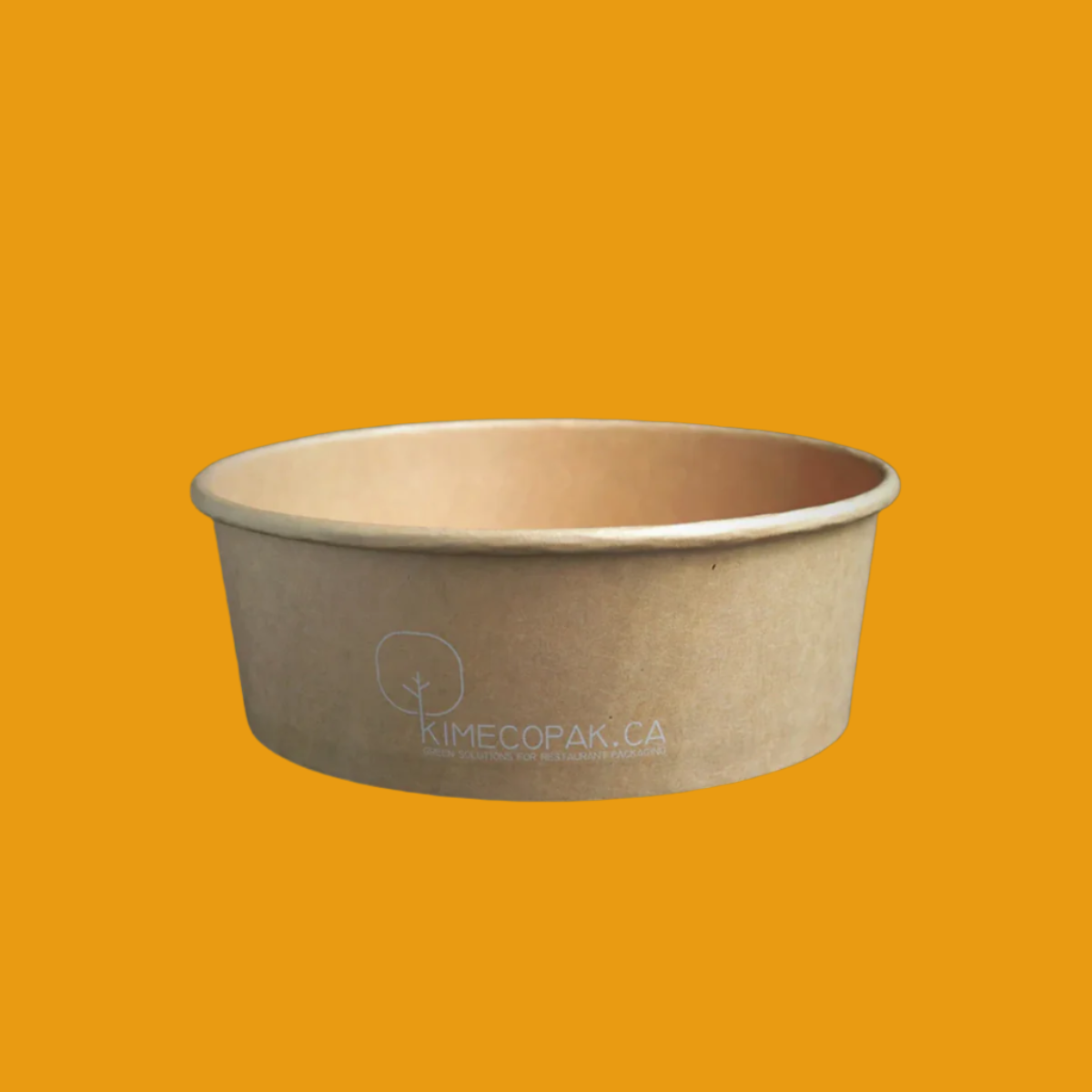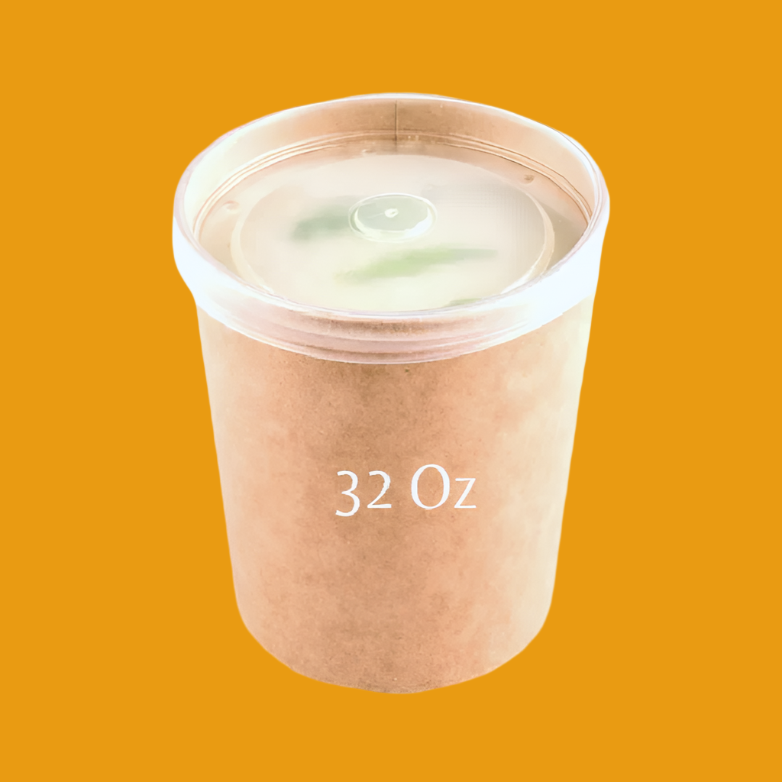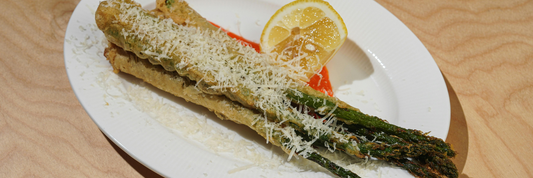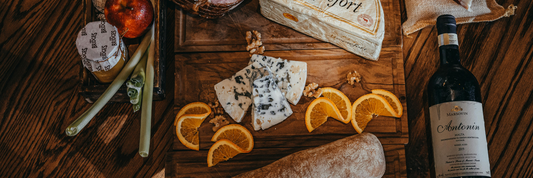Fine Dining vs Casual Dining is a crucial comparison for aspiring restaurateurs and seasoned operators alike. Understanding the key differences, from menu design and customer expectations to staffing and profitability can help shape your restaurant’s identity and long-term success. Whether you're crafting an upscale culinary journey or offering comfort food in a relaxed setting, choosing the right model begins with knowing what sets fine dining and casual dining apart.
- Fine Dining: What It Is, How It Works, and How to Build a Standout Experience
- A Guide to 12 Different Types of Restaurants
- What Is a Fine Dining Menu? A Complete Guide for Restaurateurs
What Is Fine Dining?

Fine dining represents the pinnacle of restaurant experiences, characterized by exceptional quality and high standards.
Definition and Characteristics
Fine dining restaurants typically offer a gourmet menu crafted by skilled chefs, featuring intricate dishes and high-quality ingredients. The experience often includes an artistic presentation, ensuring that each dish is not only delicious but also visually appealing.
Typical Atmosphere, Menu, Service Style
The atmosphere in fine dining establishments is often elegant and sophisticated. Soft lighting, well-set tables, and tasteful decor contribute to a serene dining experience. The service style is formal and attentive, with servers often trained to provide detailed explanations of the menu items and wine pairings.
Target Audience and Expectations
The target audience for fine dining usually consists of individuals or groups looking to celebrate special occasions, enjoy an extravagant meal, or simply indulge in high-quality cuisine. Guests expect a high level of service, exceptional food, and an overall luxurious experience when choosing a fine dining venue.
What Is Casual Dining?

Casual dining offers a more relaxed approach, making it accessible to a broader audience while still providing quality food.
Definition and Core Traits
Casual dining restaurants are known for their welcoming atmosphere and diverse menu options. The focus is on providing comfort food that appeals to a wide range of tastes, often at reasonable prices.
Common Layouts, Menus, and Service Speed
These restaurants often feature a cozy layout with ample seating and table arrangements that encourage social interaction. The menus typically include a variety of appetizers, mains, and desserts, allowing for greater choice while maintaining simplicity. Service speed tends to be quicker than in fine dining establishments, catering to families, friends, and casual diners looking for a satisfying meal without the wait.
Examples: Diners, Bistros, Mid-tier Restaurant Chains
Examples of casual dining include classic diners, French bistros, and popular mid-tier restaurant chains such as Applebee’s, Chili's, or TGI Fridays. Each of these venues brings a unique atmosphere while maintaining the core characteristics of casual dining.
Casual Dining Vs Fine Dining

| Feature | Fine Dining | Casual Dining |
|---|---|---|
| Menu Complexity | Gourmet, chef-driven | Simple to moderate variety |
| Price Point | $$$–$$$$ | $$ |
| Service Style | Formal, multi-course | Friendly, relaxed |
| Ambience | Elegant, quiet | Casual, energetic |
| Dress Code | Business/formal attire | Informal attire |
| Staffing Cost | Higher (trained chefs, servers) | Lower |
Fine dining restaurants often boast a gourmet, chef-driven menu that appeals to food enthusiasts, while casual dining offers a simple to moderate variety catering to all. The pricing reflects this difference, often placing fine dining in a higher bracket that requires a more formal dining experience.
Service in fine dining is formal, typically involving multi-course meals served by professionally trained staff, whereas casual dining indulges diners with friendly service in a relaxed environment. Dress codes also differ significantly; fine dining often expects business or formal attire while casual diners enjoy freedom in their clothing choices.
In terms of staffing costs, fine dining establishments face higher expenses due to the need for skilled chefs and servers, while casual dining restaurants can operate effectively with a less specialized workforce, often resulting in lower overall costs.
Which Model Is More Profitable?

When considering profitability, various factors come into play for restaurant owners.
Startup Costs: Equipment, Interior, Staff
Fine dining restaurants often require a larger initial investment due to the need for specialized kitchen equipment, sophisticated interiors, and highly trained staff. Casual dining establishments typically have lower startup costs, allowing flexibility in budget allocation.
Turnover Rate and Average Ticket Size
Casual dining often encounters a higher turnover rate due to its quick-service nature and relatively lower price point, making it possible to serve more customers throughout the day. Fine dining establishments may enjoy larger average ticket sizes, particularly with the multi-course nature of the service, but often experience slower turnover.
Long-Term ROI and Brand Positioning
Long-term returns on investment in fine dining can be promising, especially if the restaurant builds a strong reputation and loyal clientele. However, this often requires significant ongoing marketing and brand positioning efforts. Casual dining can also yield high returns, especially in well-trafficked areas where consistent volume is achievable.
Casual vs Fine Dining: How to Choose Based on Your Market

Urban vs urban vs Tourist Hotspots
When deciding between casual and fine dining, the location is a key factor. Urban areas often attract a diverse crowd seeking unique experiences, making fine dining appealing. Suburban locations typically cater to families, where casual dining meets demand for affordable yet enjoyable meals. Tourist hotspots benefit from both models, where fine dining offers an indulgent experience and casual spots cater to those needing quick, satisfying meals between attractions.
Local Income Level and Dining Culture
Understanding the income level of your target market is vital. Fine dining establishments generally thrive in higher-income areas where customers can afford premium pricing. In contrast, casual dining resonates in economically diverse settings, appealing to a broader audience. Additionally, consider the local dining culture; for instance, if a town is known for its laid-back vibe, a casual dining model may be more fitting.
Competitor Analysis
Evaluating competitors is essential in refining your concept. Analyze the strengths and weaknesses of nearby establishments to identify gaps in the market. For example, if a town is saturated with pizza joints, a fine dining experience offering seasonal, gourmet cuisine may attract customers seeking something different. Conversely, if the area lacks affordable dining options, a casual concept could fill that need while providing an edge over competitors.
Operational Considerations for Each Model

Hiring & Training Differences
The level of service differs significantly between fine and casual dining. Fine dining often requires experienced staff knowledgeable about the menu and wine pairings, presenting a higher bar for hiring. Casual dining, on the other hand, focuses on speed and efficiency, allowing for broader hiring options, including less experienced staff who can be trained on the job.
Kitchen Workflow and Packaging Needs
In fine dining, the kitchen workflow is intricate, emphasizing precision and presentation, resulting in dishes that are often intricately plated. This complex process requires skilled chefs and adequate kitchen space. Casual dining kitchens prioritize speed and volume, favoring simpler menu items that can be produced quickly. Packaging is also a consideration; fine dining may require specially designed packaging to maintain presentation, whereas casual dining can use straightforward, practical solutions.
Inventory and Spoilage Management
Fine dining relies on fresh, high-quality ingredients, which can lead to increased spoilage if items are not used efficiently. Precise inventory management is crucial to minimize waste. Casual dining typically focuses on larger quantities of staple items, making inventory management slightly more straightforward, though care must still be taken to avoid spoilage of perishables.
Choosing Packaging Solutions Based on Dining Model

Fine Dining: Elegant Takeaway Packaging Options
Packaging plays a crucial role in fine dining, as it must reflect the brand's upscale image. Elegant takeaway options, such as custom-designed boxes or plates, not only protect the food but also enhance the overall dining experience. Consider using materials that align with the restaurant's ethos, such as biodegradable or luxurious options.
Casual Dining: Practical, Eco-Friendly Packaging
For casual dining, practicality is essential. Eco-friendly packaging solutions, like those available from Kimecopak.ca, are attractive not just for their environmental benefits but also for their functionality. Customers appreciate brands that prioritize sustainability, making it a significant selling point.
Branded Packaging to Match Experience
Regardless of the dining model, branded packaging helps reinforce the restaurant's identity. Fine dining packaging often emphasizes sophistication, while casual dining may lean toward a fun, approachable aesthetic. Both should effectively communicate the essence of the experience patrons can expect.
Pros & Cons of Each Restaurant Model

Fine Dining: Prestige and Margin vs High Risk and Cost
Fine dining can command higher prices, leading to significantly better margins. However, this comes with risks: high overhead costs, the need for skilled staff, and dependency on a consistent influx of clientele willing to pay a premium can make this model challenging.
Casual Dining: Scalability and Mass Appeal vs Lower Exclusivity
Casual dining offers significant scalability, enabling expansion through franchises. It appeals to a wider audience, ensuring steady patronage. However, this model often lacks the exclusivity that fine dining offers, which may deter those seeking a unique dining experience.
Franchise Opportunities for Casual vs Boutique Growth for Fine
Casual dining trends often yield opportunities for franchises, which can leverage brand recognition and streamline the operational model. Fine dining tends to favor boutique growth, where uniqueness and personal touch are critical to success.
Conclusion
When deciding between fine dining and casual dining, align your choice with your vision, location, and budget. Fine dining suits those passionate about culinary artistry and can invest in an upscale experience. Casual dining is ideal for those seeking scalable models that appeal to a broader market. Reflect on your goals, and choose the model that resonates most with your culinary aspirations.

